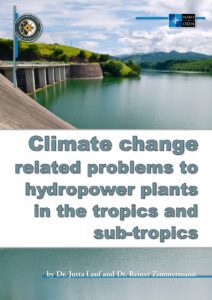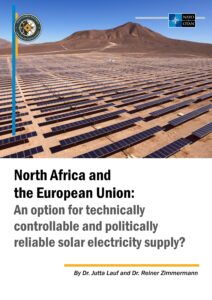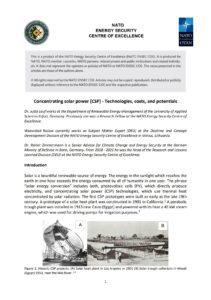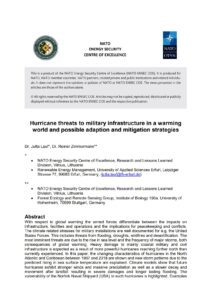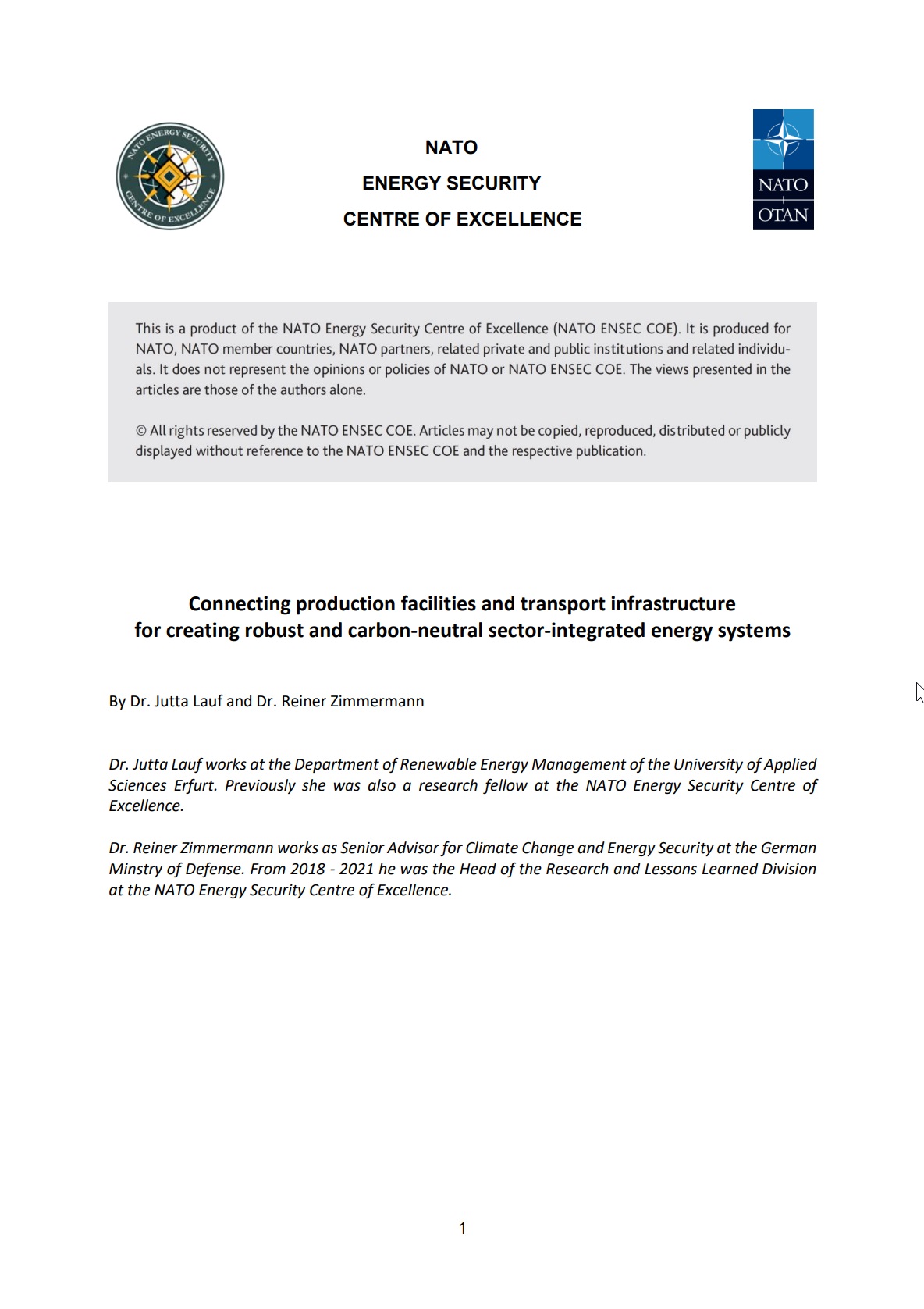
Energy security of nations is a precondition for developing economic wealth and maintaining political power. As a means of international politics it is becoming increasingly important. Also, there is a growing political consensus that humanity must steer towards a carbon neutral future by shifting from fossil carbon-based fuels to renewable sources of energy. However,
the pathways for such a transition are highly debated. An often overlooked problem in this global transformation process is the need to create completely new infrastructures, not only for renewable power generation, but for energy storage, transport and distribution beyond national boundaries and continents. Such new structures will dramatically re-arrange the political and economic importance of many nations, as well as their ability to generate revenues from energy production.
The three largest energy consuming sectors are power generation, transportation and heating/cooling. Currently the sectors are mostly separated, resulting in higher costs and pollution. For example the heat from electricity production is seldom used for district heating systems. Enhancing the transfer of energy and energy related by-products within these sectors is called “sector integration” and is widely discussed as one of the solutions to the climate crisis. This article discusses new components and interconnections of energy consuming and producing sectors to create primarily a robust energy system. Its security and resilience will be increased by multiple and technologically different production processes.
All this will come with higher energy costs, as economies of scales are missing or starting with a time lag, especially in the early stages of the transition. The measures to be taken will take decades and require huge financial investments. However, the environmental and human costs of the climate crisis with all its consequence are expected to be higher than that. A new energy system should be robust in term of disruptions of any kind, renewable in terms of not emitting CO2 and sector integrated in terms of using synergy effects across all possible applications. Implemented wisely, this new energy system may contribute to a more equal global distribution of wealth and, therefore, may stabilise societies globally.

